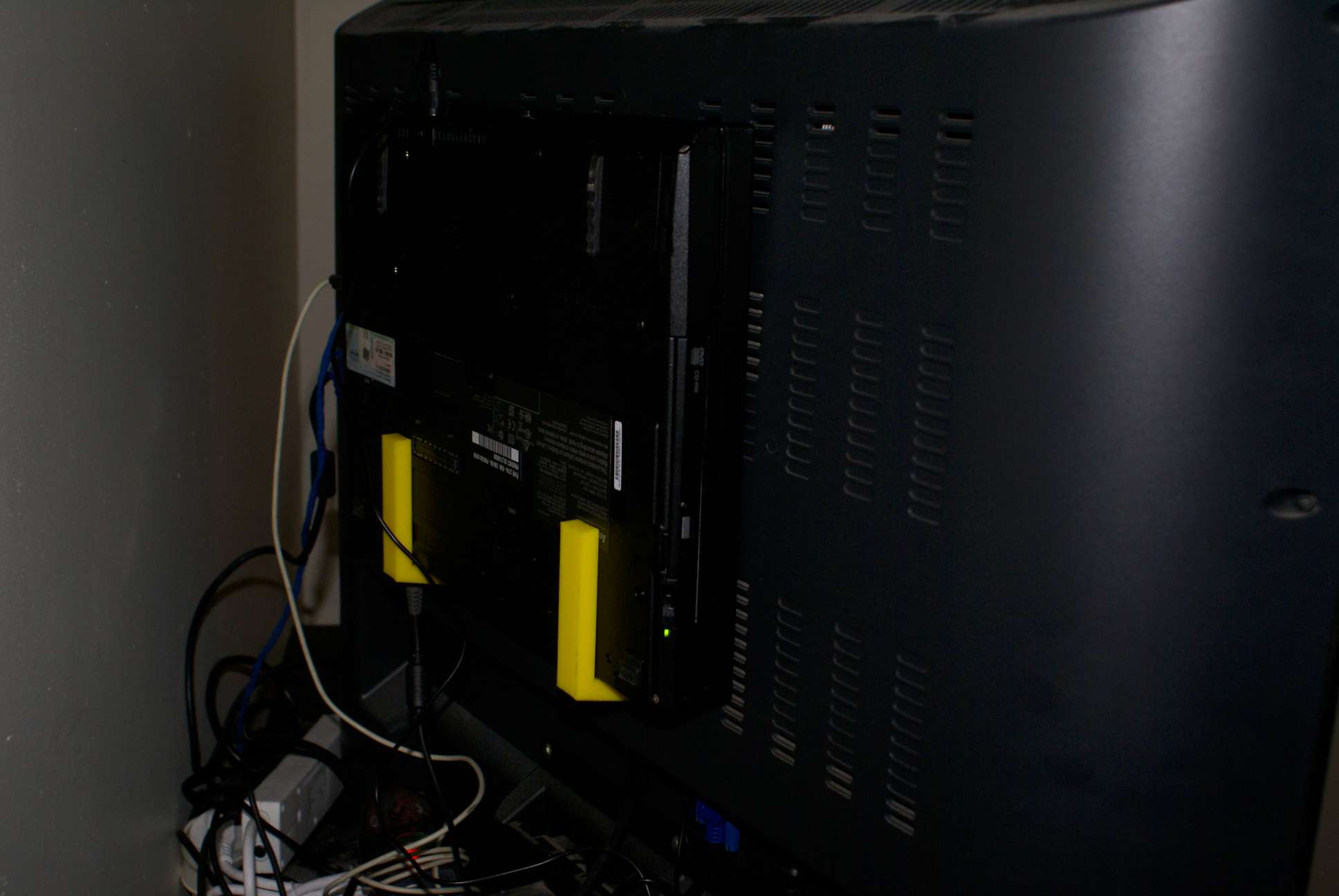Bluetooth Speakers and Squeezeslave
The setup serving audio in our kitchen was pretty conviluded and had a few too many cables jammed into a cupboard: A thin-client with powered speakers, attached to a wireless access point set to client mode. I picked up a newer set of powered speakers that came with a 30 pin iPod/iPad dock – so I looked online and found an attachment for the iPod dock that converts it to a Bluetooth audio receiver (similar to this), so you can connect with any Bluetooth enabled music device (phone, laptop, etc.). I have a laptop (Media Director for LinuxMCE) hooked up to a TV in a close room that’s on most of the time anyway, so I paired the Bluetooth receiver to a laptop and setup squeezeslave to pass audio to the speakers. In summary: Before… Read More »Bluetooth Speakers and Squeezeslave
